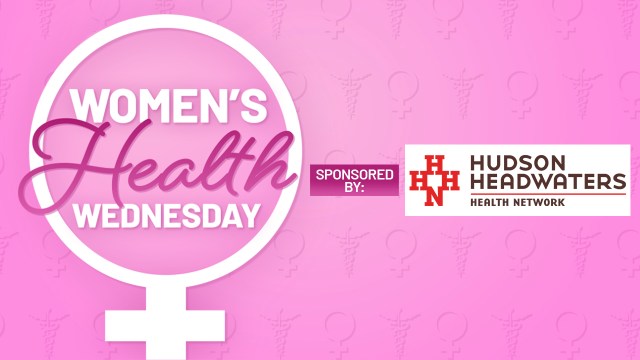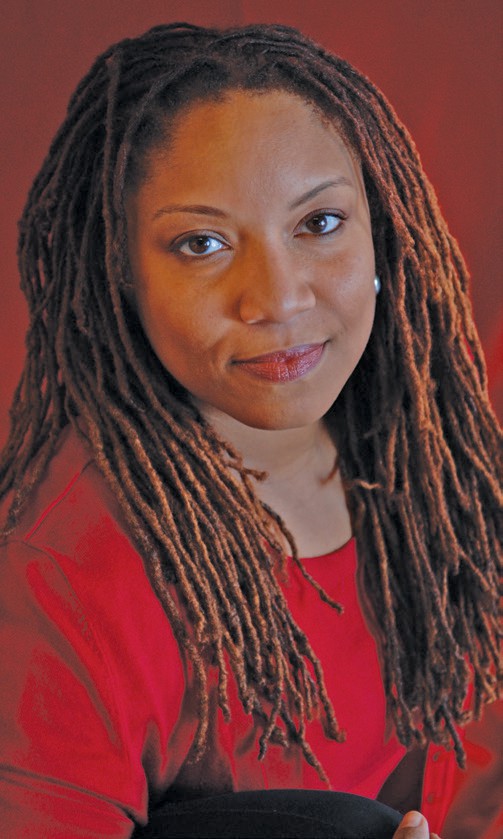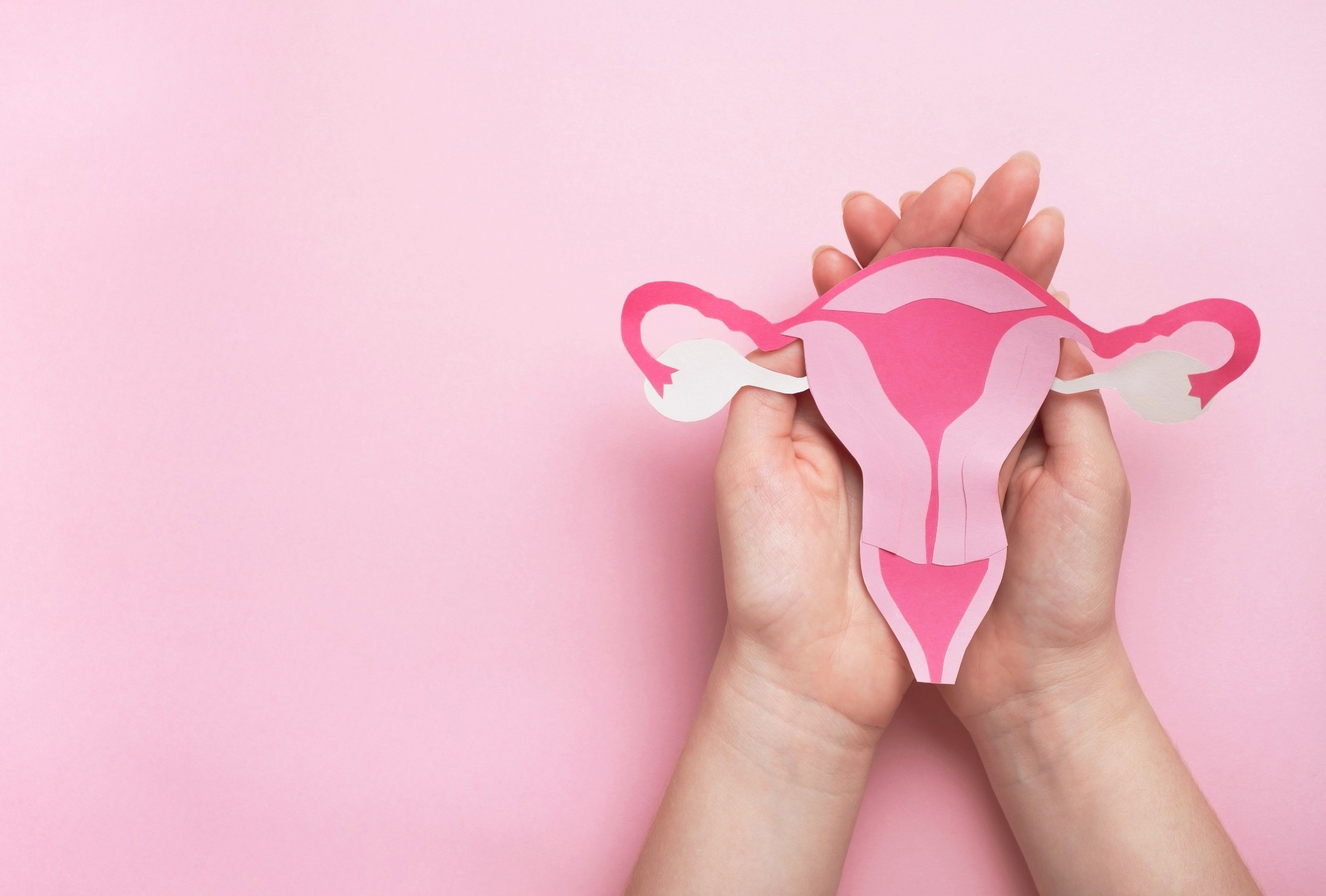New Zealand now has its first-ever women’s health strategy. What is it, why do we need it and will it make any difference? Zahra Shahtahmasebi explains.
The government took a big step forward last week when it announced six new health strategies that aim to improve health outcomes across the country.
Among them is the country’s first-ever women’s health strategy, which is being welcomed as an exciting milestone by women’s health experts and advocacy groups like Project Gender, who are now waiting to see what tangible differences the strategy makes.
The priorities
1) The overarching theme of building a health system that works for women, by eliminating gender and cultural biases as well as racism, and creating a space where all women can access healthcare and are represented both in leadership positions and in the health workforce.
2) Improving healthcare for issues specific to women and people assigned female at birth, including access to contraception, conditions like endometriosis and cancers like breast and ovarian.
3) Staying true to the message “healthy wāhine are needed for healthy whānau” by ensuring women and their whānau feel supported, especially during pregnancy and the early childhood years.
4) Living well and ageing well is the strategy’s fourth priority, which will address women living with illness, disability and long-term health conditions.
The timeline
Associate health minister Willow-Jean Prime says the strategy released last week is “high-level”, meaning it doesn’t delve into the specific changes needed, or every single women’s health issue. Instead, the 53-page strategy has an overarching vision to create a health system that works for women by focusing on four key priority areas.
Over the next six to eight months, the government will develop an action plan to describe the tangible changes needed to tackle these priority areas.
The context
The strategy was presented by minister of health Ayesha Verrall, one of six that make up the government’s health system reforms, also known as the Pae Ora Healthy Futures Bill.
The other strategies are the New Zealand Health Strategy, Pae Tū: Hauora Māori Strategy, Te Mana Ola: the Pacific Health Strategy, the Health of Disabled People Strategy and the Rural Health Strategy.
The history
The call to have a national strategy to address women’s health issues is not a new one. In 2014, Women’s Health Action presented to the government a proposal for a strategy. However, looking back on it in 2022, the group’s general manager Isis McKay told the Herald it was unsuccessful due to “lack of political appetite”.
In 2020, the Gender Justice Collective led the YouChoose2020 survey, which asked over 3,500 women, wāhine, trans, non-binary and intersex people what they needed in order to thrive.
“We wanted to know what the barriers are, what do you need to live your best life?” says the collective’s co-founder, Erin Jackson. Better access to healthcare was at the top of the list and women’s health issues – periods, menopause, endometriosis, maternity – came up time and time again.
The collective reignited the conversation around the need for a women’s health strategy and Jackson, along with co-founders Angela Meyer and Tania Domett, went on to establish social change agency Project Gender which continued to drive this mahi.
And as these women found out through the results of their survey, “everyone has a story”, says Jackson.
The survey
The 3,508 people who answered shared their experiences of the healthcare system, of receiving incorrect diagnoses, of finally being diagnosed with endometriosis after eight years, of a lack of support for menopausal symptoms, and generally not feeling heard.
Jackson says at that time, Australia, the UK and Canada had all implemented their own strategies focused on improving care for maternity, endometriosis, gynaecological cancers and other conditions that affect women differently to men.
In April 2021, Project Gender submitted a petition signed by 2,873 medical specialists, academics and women asking the government to apply a gender lens to healthcare. In February 2022, the government heard oral submissions on why New Zealand needs a women’s health strategy and two months later, Verrall had committed to establishing it.
Willow-Jean Prime says the newly released strategy is exciting for New Zealand as it holds the voices of our wāhine at its centre. “What we were hearing was that women’s experiences of the health system are different from others, that they feel their voices are not being heard. But this strategy has captured this kōrero and will use it to guide decision-making for the next 10 years.”
Using the stories gathered from the thousands of New Zealanders who sent in submissions, the strategy paints a picture of the barriers women face in the health system.
Quotes from participants interspersed throughout the document talk of pain being dismissed and health needs ignored by clinicians, as well as a lack of trust in the health system: “I want to feel heard, not rushed. Take the time to read the notes about me and my history, come to an appointment with understanding and empathy. I am not a robot, and neither are you,” read one submission.
The evidence
Jackson says as Project Gender pursued the idea of a national women’s health strategy, the group came across people who refused to acknowledge New Zealand has a gender bias issue.
But the statistics show that compared to men, women experience higher rates of poverty, lower pay, and higher rates of domestic violence, all of which impact on their health. The global exclusion of women from medical research and clinical trials has also created gaps of professional knowledge, including how women might be affected by certain treatments and drugs.
Women reported that stigma and a lack of information were major barriers to them seeking help for these issues, or even just having a conversation about them.
The response
For Project Gender, seeing the strategy come to fruition is satisfying, the result of three years of hard work representing the needs of New Zealand women, wāhine, trans, non-binary and intersex people. But the work isn’t over yet, says Jackson.
She says it’s imperative that the strategy remains inclusive of the rainbow community, and with the general election three months away, it is important the strategy doesn’t become a political football, or end up being tossed aside.
“This government has picked up the mantle, so successive governments need to continue this work – there is so much riding on this. We want to ensure that every woman has access to healthcare and that when they go to an appointment they feel heard,” says Jackson.
She adds there’s a real opportunity to continue the grassroots-led approach and let communities work together with the health workforce to design the solutions and services that they need, something that is supported by Prime.
The questions
Auckland specialist GP Orna McGinn, who is also chair of the New Zealand Women in Medicine Group, was invited to the launch of the strategy and says while it does a good job of acknowledging what the issues are, there is no indication of its next steps.
Specific changes needed will be delivered in next year’s action plan, but McGinn already knows what will make a tangible difference for patients. First on her list is access to free contraception, particularly long-acting contraceptives like Mirena or the copper intrauterine device (IUD), something she has been campaigning for the last few years: “It’s one of the fastest, cheapest and easiest things we could do.”
Fellow specialist GP and academic Bev Lawton agrees, saying the strategy could have easily dealt with the “low-hanging fruit”, like making cervical screening free for all New Zealanders.
“This strategy seems more like guidelines, and we need to know that this is not going to just sit in the cupboard.”
She would rather have seen something similar to Scotland’s plan, with 66 actions to reduce health inequities. “I’m happy to write it – give me some money and we can make it happen. It is going to cost a lot of money but that money is an investment in women and their lives.”







